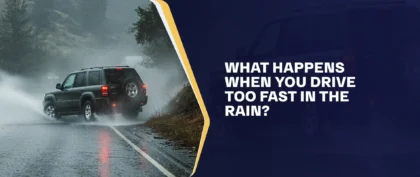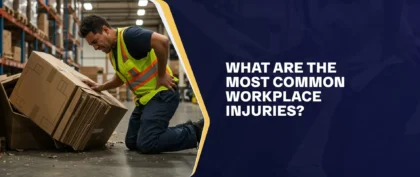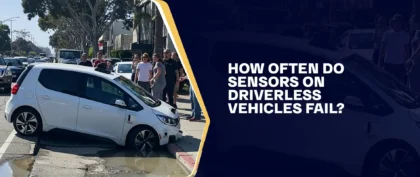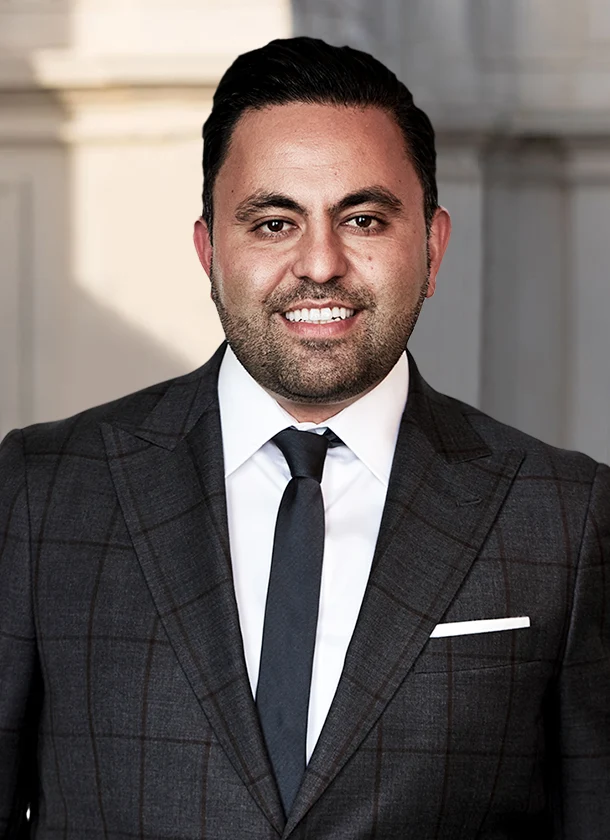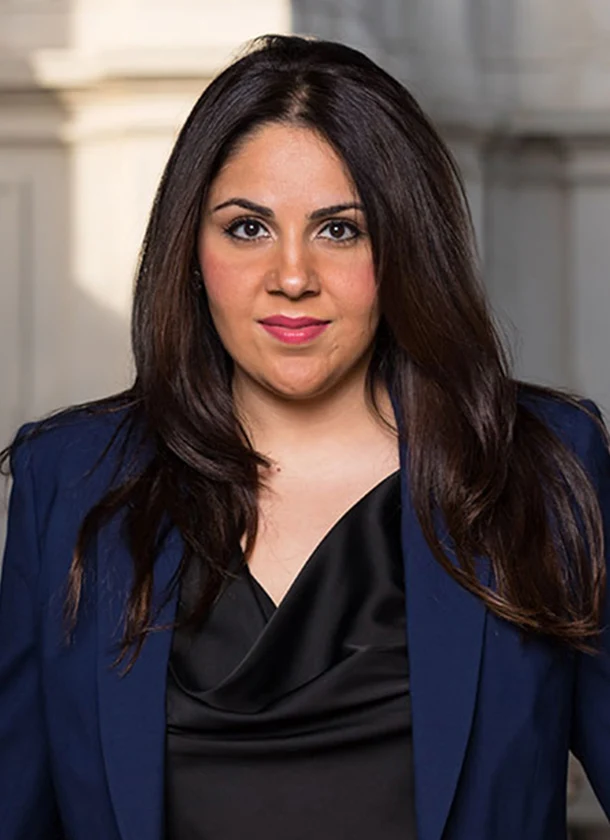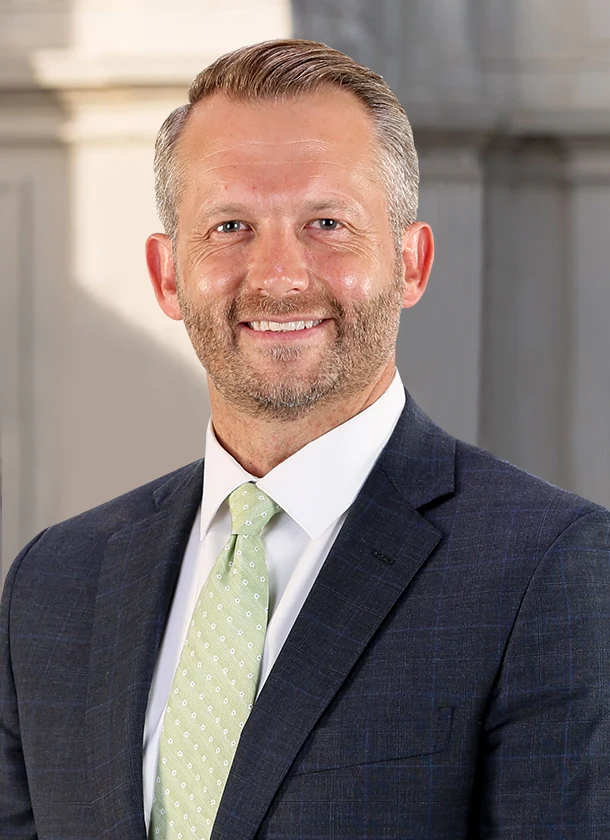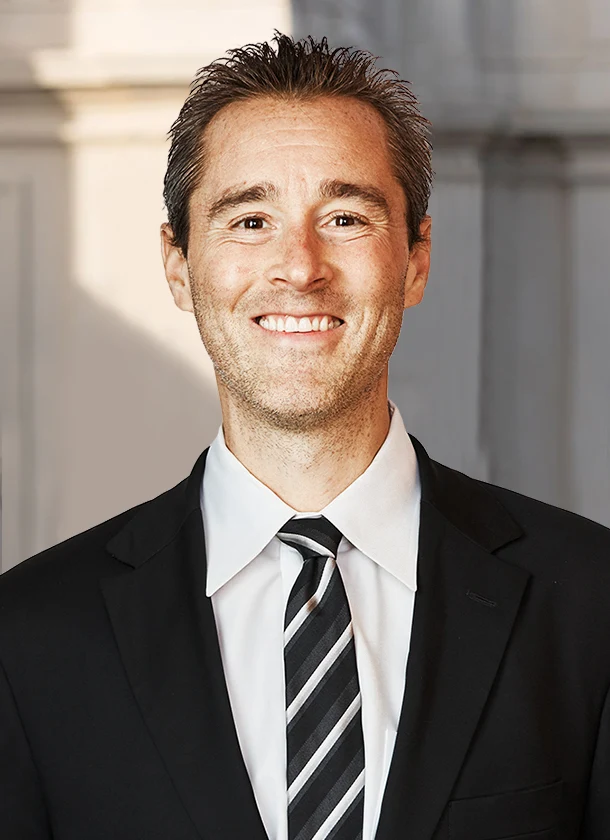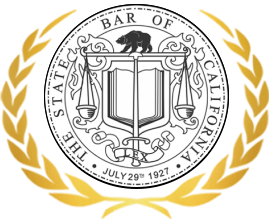Efforts to Reduce Traffic Fatalities on L.A. Streets Result in Continued Fatalities
It was a clear afternoon in April when Frederick Frazier, being the good friend that he was, hopped on his bike to help a friend fix a flat tire. Little did he know it would be the last time he answered a call for help as he was hit from behind by a Porsche Cayenne at the curb lane of Manchester Avenue. His blue and white bicycle was shattered as his body was catapulted more than 50 feet through the air. As he took his last breaths, the driver quickly drove away from the scene.
Taking Actionhttps://arashlaw.com/practice-areas/car-accident-lawyers/
To help prevent future incidents like this one, the city installed more visible crosswalks, yield signs, and even digital signs that inform drivers of their speeds on Manchester. This street happens to be one of the deadliest in Los Angeles for bicyclists and pedestrians alike. Activists are happy for the additions but strongly agree that they are just the beginning and do not do enough.
Frazier’s friend, Edin Barrientos, 27, a bike messenger, has been doing everything he can to get a bike lane installed on this dangerous street. “No one’s life is worth you driving that fast or that recklessly,” he laments.
Vision Zero Comes to L.A.
Mayor Eric Garcetti initiated Vision Zero to eliminate traffic deaths on every Los Angeles street by 2025. You would anticipate some forward movement at nearly five years into this project, but the opposite is unfortunately true.
Fatal car accidents have increased by 32 percent since 2015 and the inception of Vision Zero. Perhaps even more startling is that 932 more people died in traffic accidents than were shot to death in Los Angeles, according to data released by the coroner.
Is there Progress for Vision Zero on the Streets of Los Angeles?
There has been a noticeable decline in the number of traffic deaths in the past two years. City officials credit new street safety projects for this reduction. There were 246 deaths in 2017. In 2018, there were 242, which accounts for 127 pedestrians and 21 bicyclists. This represents a decline of 1.63 percent.
Mayor Garcetti admits that although it could be faster and better, it was an improvement. An improvement that does not meet the early benchmarks of Vision Zero, such as a 20 percent reduction in deaths that should have been achieved in 2017. According to advocates of the program, Los Angeles driver and elected officials lack the sense of urgency required to deal with the problem effectively. Without urgency, they say, the city will not come anywhere near eliminating traffic-related fatalities by 2025.
Differing Standards in Reporting
What makes this issue even more complicated is that progress is measured in many ways when a deadly crash occurs. Vision Zero began in January of 2014 in New York. Under the program, progress measurements extend back to 2013, the year before the initiative began. By 2017, deaths had dropped 23 percent and reached a 33 percent drop after five years.
According to the Transportation Department spokesman Oliver Hou, in Los Angeles, progress has been measured from 2016, since it was the first full year the initiative was in effect. U sing that date, deaths have dropped by seven percent. Of note, 2016 was also the deadliest year for traffic crashes on record. In December of 2016, Vision Zero was 18 months old in Los Angeles. Officials and advocates alike both question if 2016 should be used as the baseline year or not.
What Changes Have Been Implemented?
For the past five years, officials in Los Angeles have been analyzing traffic fatality data, crafting ways to make speed limits enforceable, and installing hundreds of upgrades to dozens of streets that see the highest fatality rates in the city.
Approximately 1,080 changes to the streets in 2017 and nearly 300 in 2018 were made by the Transportation Department. To force drivers to slow down they:
- Changed the timing on traffic signals
- Added fresh paint to hundreds of crosswalks
- Installed white plastic posts at dozens of street corners
Of Los Angeles 40 most dangerous streets, 26, including Manchester, were given new safety features. Six additional larger reconstruction projects are also in the works and will include:
- Street resurfacing
- Installation of traffic signals,
- Installation of sidewalks and protected bike lanes
Daniel Samaro, a senior engineer with the city’s Vision Zero program, states, “we are headed in the right direction. We are working in the right places. We will get back on track.”
Makeovers of major corridors will be funded with money raised from the additional funding of the same senate bill that increased California’s gas tax and vehicle fees. The Mayor’s budget 2018 included $117 million for traffic and safety improvements, an increase from $91 in 2017. Of this, $28.5 million comes from the city’s general fund and $49.5 from the senate bill tax and $42.6 million from Measure M (the 2016 sales tax increase to support transportation projects).
Is the Push to Eliminate Traffic Fatalities on L.A. Streets Working?
“We’re doing little Band-Aid improvements,” explains Deborah Murphy, founder of Los Angeles Walks, a pedestrian advocacy organization. “Until we change the physical construction of our streets, people are not going to perceive them differently. They are going to continue to speed.”
Not making this goal easy, California law creates its own catch-22, causing cities to raise their own speed limits in order to make them enforceable. Laws mandate that if a speed limit on a major street is outdated or does not match the natural flow of traffic, then law enforcement agencies are unable to use electronic devices to hold speeders accountable in these areas.
The Catch-22 of Speed Limits
Ushering in the first two years of Vision Zero, hundreds of miles of expired speed limits were studied and updated by Los Angeles city officials. This allowed the Los Angeles Police Department to go back to issuing speeding tickets and caused the increase of speed limits on almost 200 miles of streets.
Faster driving to be able to enforce speed limits is not a fair exchange. Speed is a substantial factor in whether a crash leads to fatality. A pedestrian has a ten percent risk of death if they are hit by a vehicle that is moving 20 mph, but that risk skyrockets to 80 percent if the car speed doubles to 40mph.
Los Angeles Road Diets
According to Murphy, the best way to slow drivers is to remove a travel lane. These “road diets” decrease the space and can potentially reduce severe injuries and deaths on roadways by 47 percent, according to data provided by the federal government. For example, in 2017, Venice Boulevard’s Westside arterial was narrowed over nearly a mile stretch. However, many Los Angeles drivers shudder at the thought of fewer lanes, which could complicate their driving routines.
Also, in 2017, Mar Vista and Playa del Rey underwent downsizing of nine miles of their roadways, causing lawsuits and hundreds of complaints. This move was the focus of an attempted recall by Councilman Mike Bonin. As such, many of these changes were reversed within only a few months. Since that experience, transportation officials have been shy about reliving that experience.
Concerns Over Gentrification Slow Vision Zero
Barrientos, along with other supporters, is working to increase support for a bike lane on Manchester by talking to business owners, community groups, and even churches. It is common knowledge to residents here that the street is deadly, but those who live, work, and worship in the area are concerned that a bike lane could usher in gentrification to one of Los Angeles’s last affordable communities.
The master document for bike and bus lanes for Los Angeles outlines a protected bicycle lane along 3.6 miles of Manchester, between L.A.’s border with Inglewood and Central Avenue in Florence.
Injured in a Pedestrian or Bike Accident? Call an Experienced California Car Accident Lawyer
If you are injured while driving, walking, or on your bike on a Los Angles roadway, you have a right to seek compensation for your injuries. Our Los Angeles personal injury attorneys can guide you in this process and will determine who is liable for your injuries. Liability could even rest with multiple parties, including a municipality where the accident occurred as well as other drivers.
Contact Arash Law today by phone (888) 488-1391 or online to receive your free case consultation with an experienced California car accident lawyer from our firm. Our dedicated lawyers have recovered over 750 Million dollars for clients just like you. We have decades of experience serving motorcycle accident victims in San Francisco, Riverside, San Jose, San Diego, Sacramento, Sherman Oaks, and throughout California.
Share this:
- Click to share on Facebook (Opens in new window) Facebook
- Click to share on X (Opens in new window) X
- Click to share on LinkedIn (Opens in new window) LinkedIn
- Click to share on Reddit (Opens in new window) Reddit
- Click to share on Pinterest (Opens in new window) Pinterest
- Click to share on Threads (Opens in new window) Threads
- Click to share on WhatsApp (Opens in new window) WhatsApp




